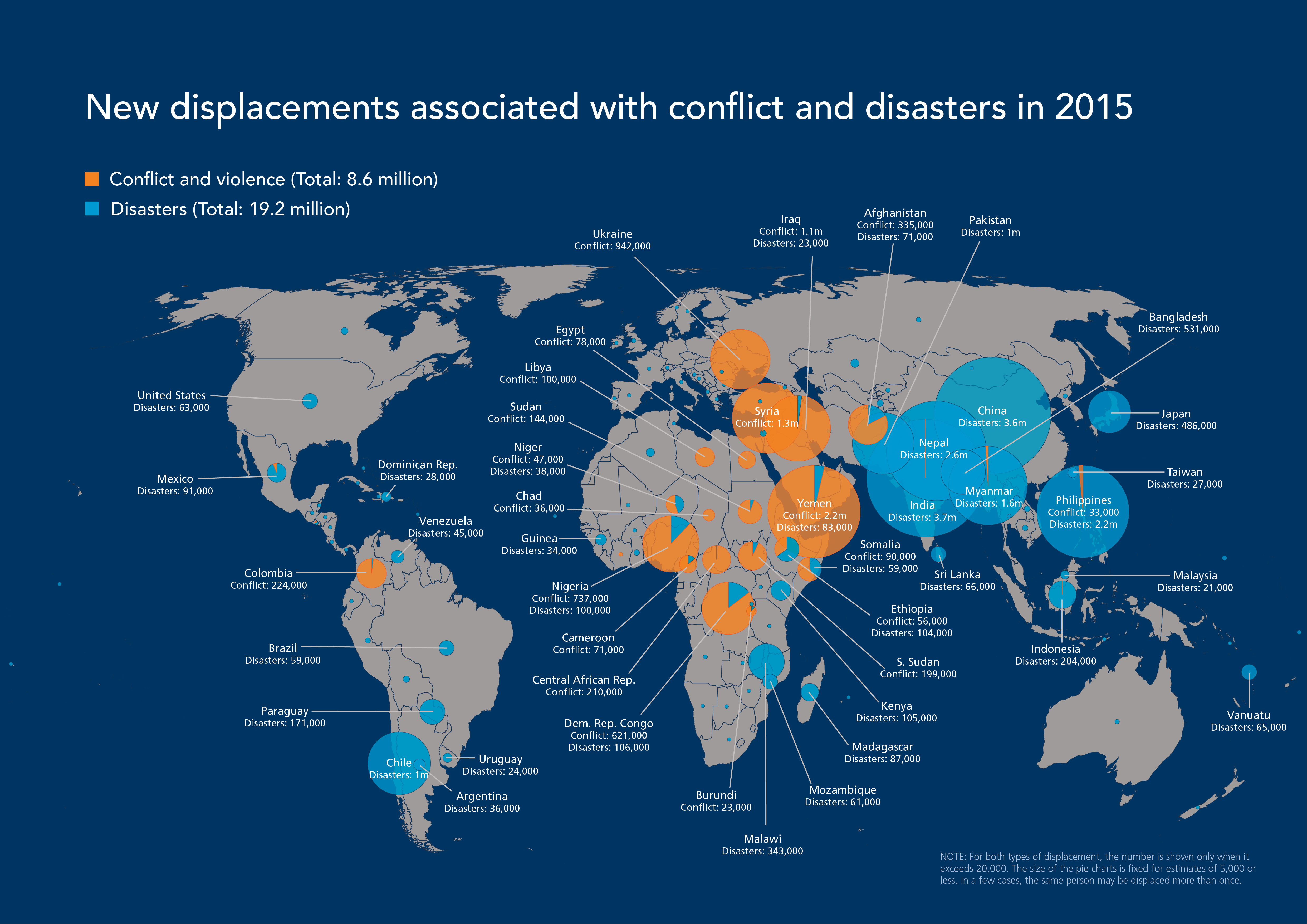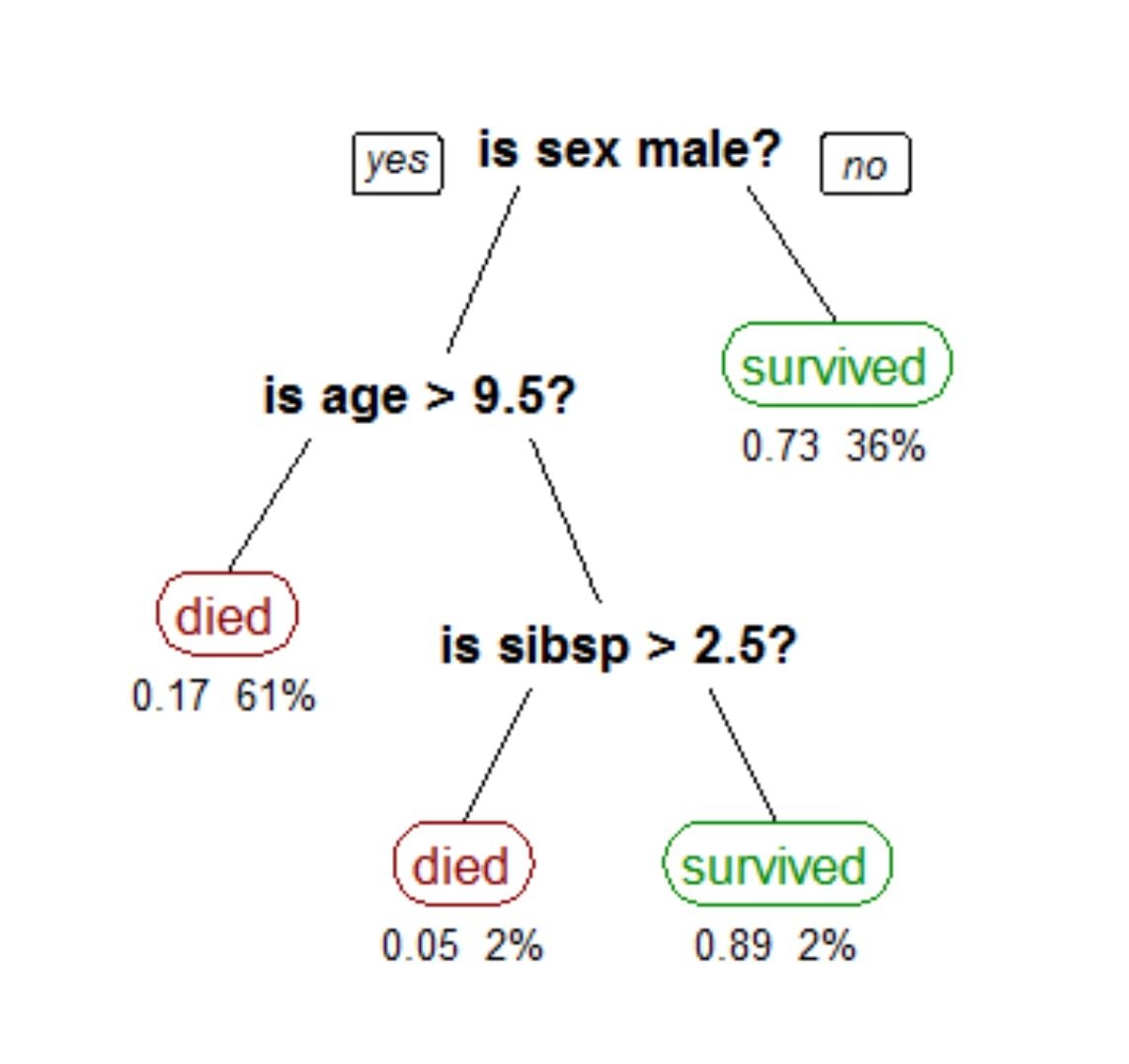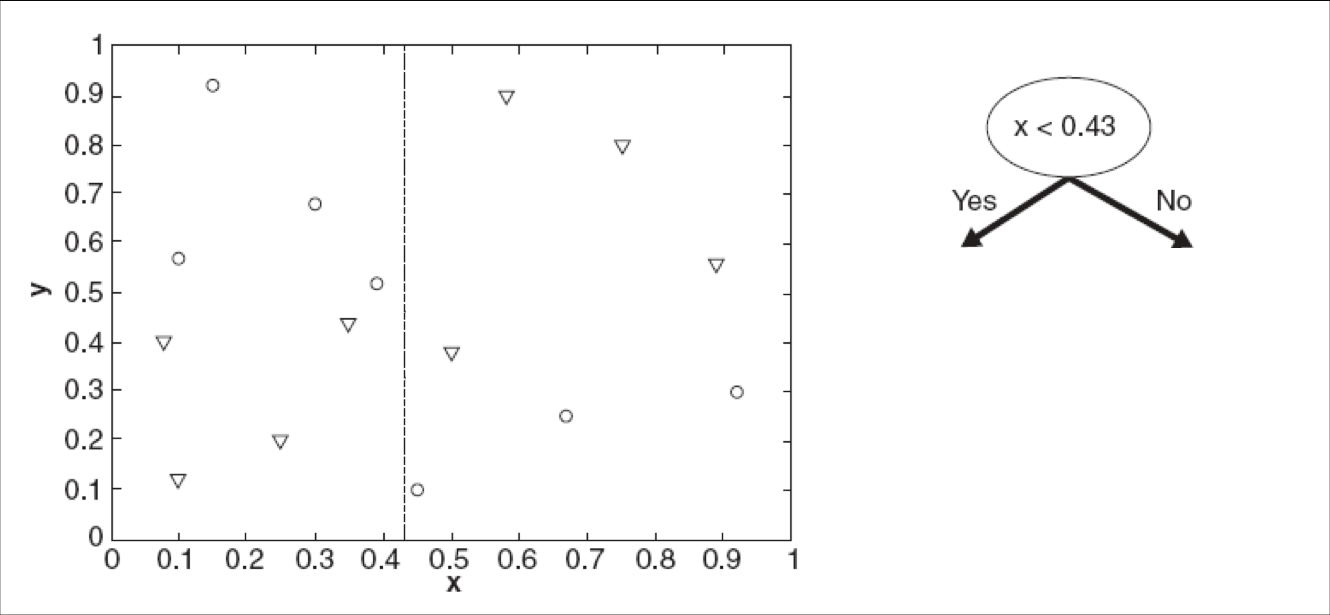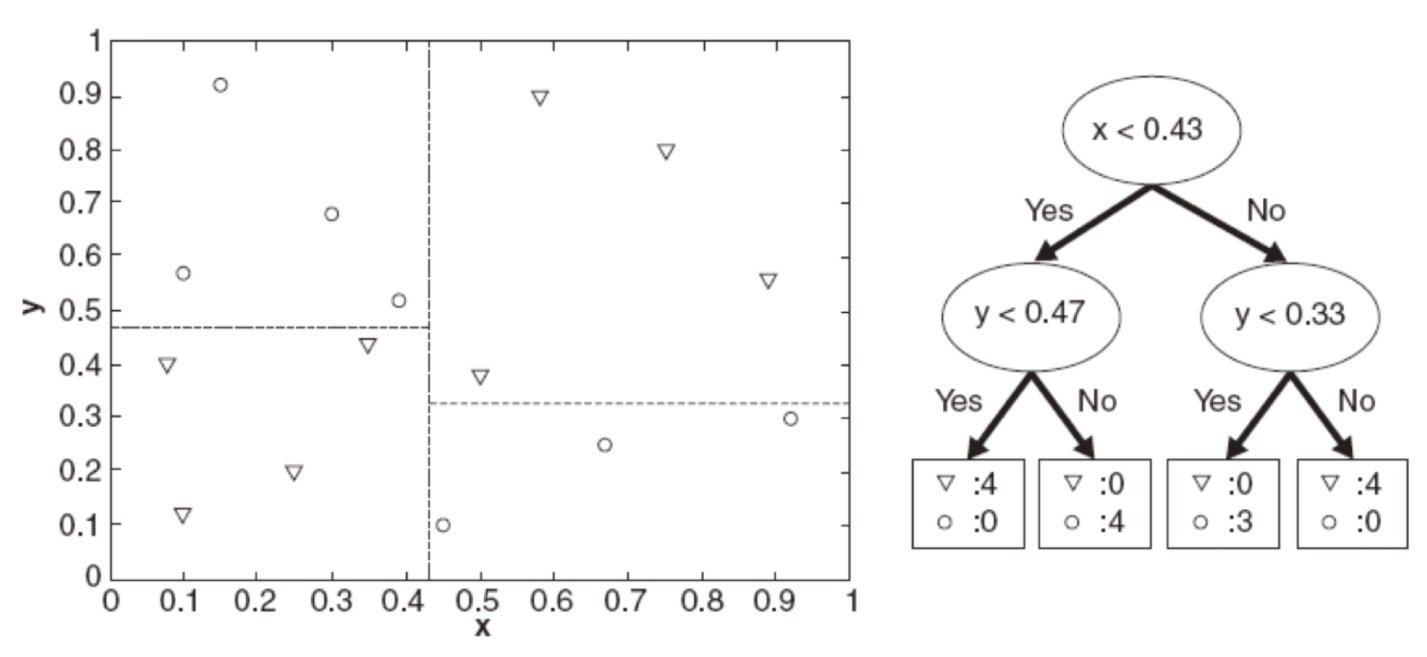Global Migration and CARTs
Guy Abel, Raya Muttarak, and Fabian Stephany


Measuring Migration - Why Does it Matter?
…
Understanding the link between climate change and migration


Source: http://www.internal-displacement.org/globalreport2016/
Migration - The Big Picture
…
We are interested in a world-wide comprehensive persepctive


Source: Abel, G. J., & Sander, N. (2014). Quantifying global international migration flows. Science, 343(6178), 1520-1522.
Migration - The Big Picture
…
In order to get there, we need data

The Bigger the Better
…
IPUMS gives us large data about internal and external migration...

- covering a time interval from 1962 to 2011,
- including 58 countries and 164 "country-years",
- with 78mn (originally >400mn) observations.
- Our features include sex, age, occupation, education, emplyoment, year of survey, and continent.
The Bigger the Better
…
for us and for Classification Algortihms


Source: https://en.wikipedia.org/wiki/Decision_tree_learning
Classification Trees
…
split the parameter space in the most "efficient" way

Source: James, G., Witten, D., Hastie, T., & Tibshirani, R. (2013). An introduction to statistical learning (Vol. 112). New York: springer.

Classification Trees
…
split the parameter space in the most "efficient" way

Source: James, G., Witten, D., Hastie, T., & Tibshirani, R. (2013). An introduction to statistical learning (Vol. 112). New York: springer.

Classification Trees
…
split the parameter space in the most "efficient" way


Source: James, G., Witten, D., Hastie, T., & Tibshirani, R. (2013). An introduction to statistical learning (Vol. 112). New York: springer.
Our First Classification Tree
…
classifies no (0), internal (1), and external (2) migration of 78mn observations


Taking a Closer Look
…
we can see that education and age matter


Next Steps
…
for which your feedback is very appreciated

- Are there more "effective" ways to perform classification (with less trade-off in sample size)?
- How can we bring climate change on a macro-level effectively into the picture?
- Could machine learning techniques help us to auto-complete our missing data?